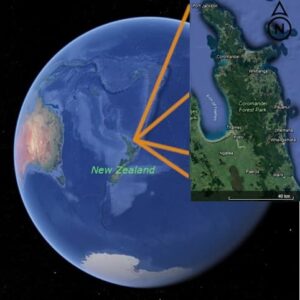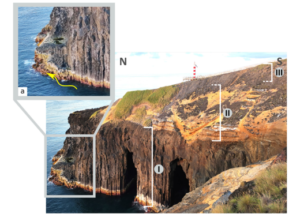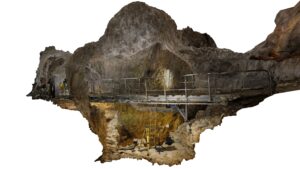Life on Earth is influenced by abiotic nature, providing resources and shelter for living beings on the Earth. Hence, this part of nature should be well treated and protected. Study of geodiversity can facilitate education about abiotic nature and processes occurring around us. Geodiversity as a discipline is relatively young, but worthy of more attention […]

The Isle of Wight has a rich and varied geological heritage which attracts scientists, tourists and fossil collectors, both private and commercial. Each party has a role to play in geoconservation and geotourism, but a policy on the long term curation of scientifically important specimens is essential to prevent future conflicts. A new code of […]

In a recent review article, Lima & Meneses (2023, Geoconservation Research, 6 (1): 114–127) reported on the Azores Geopark, introducing a new geosite for São Miguel Island. We here express our concerns regarding the data presented in this review article. In our commentary, we focus mainly on the use of older bibliographic sources and inaccurate […]

The Hohle Fels Cave in the Swabian Jura is a key site of the Central European late Middle and early Upper Paleolithic. The Aurignacian deposits with more than 90,000 lithic artifacts, numerous faunal remains as well as the presence of flutes, beads and mobile art objects, give an exceptional insight into the material culture between […]
